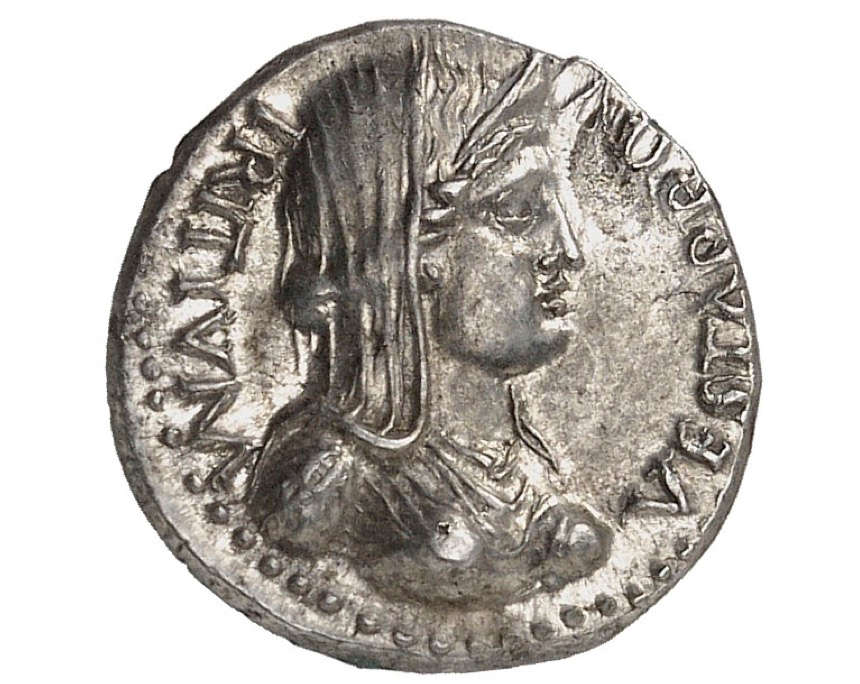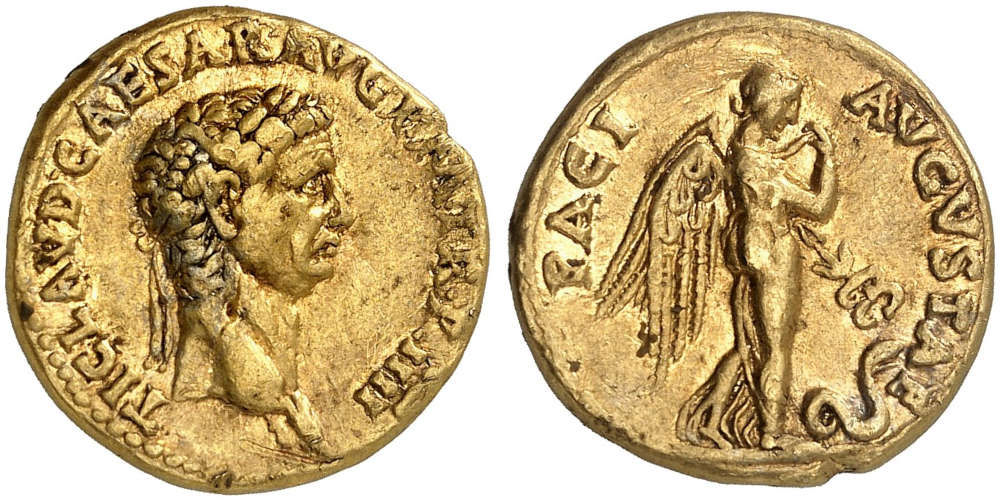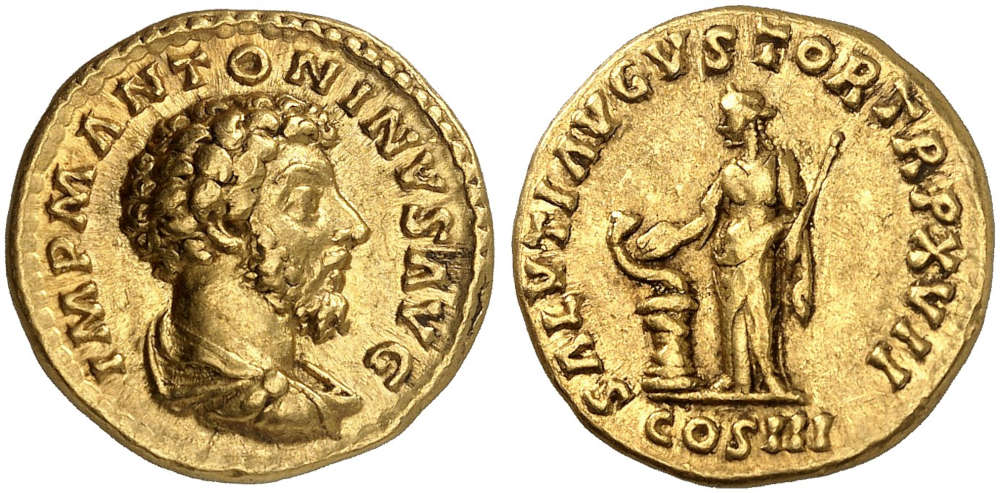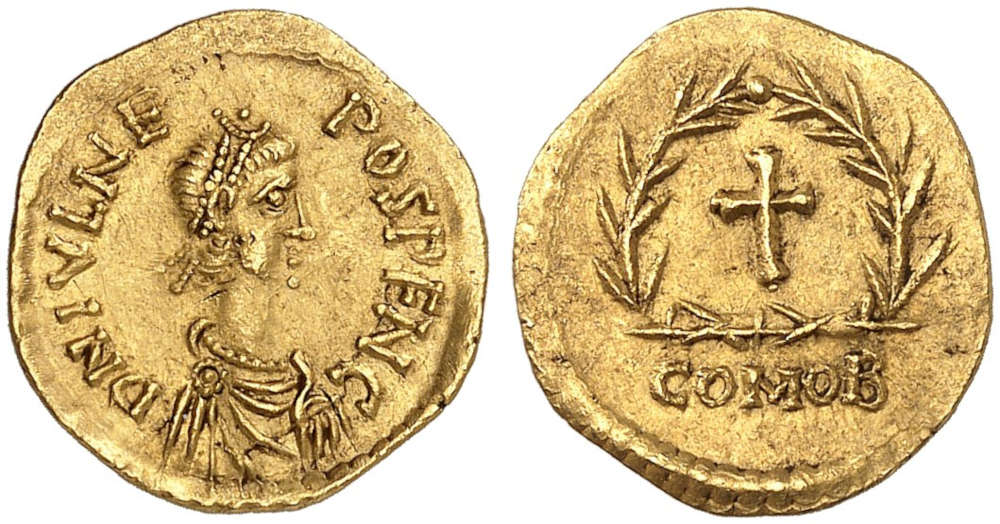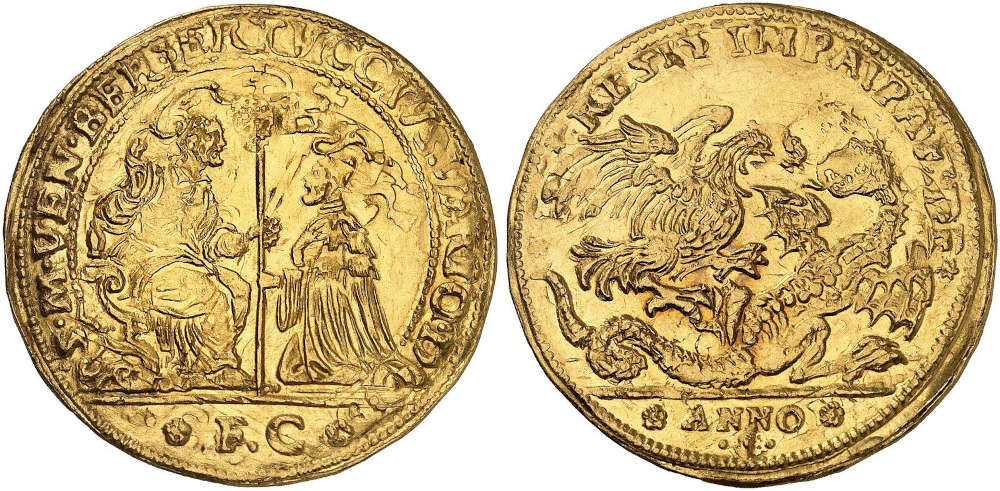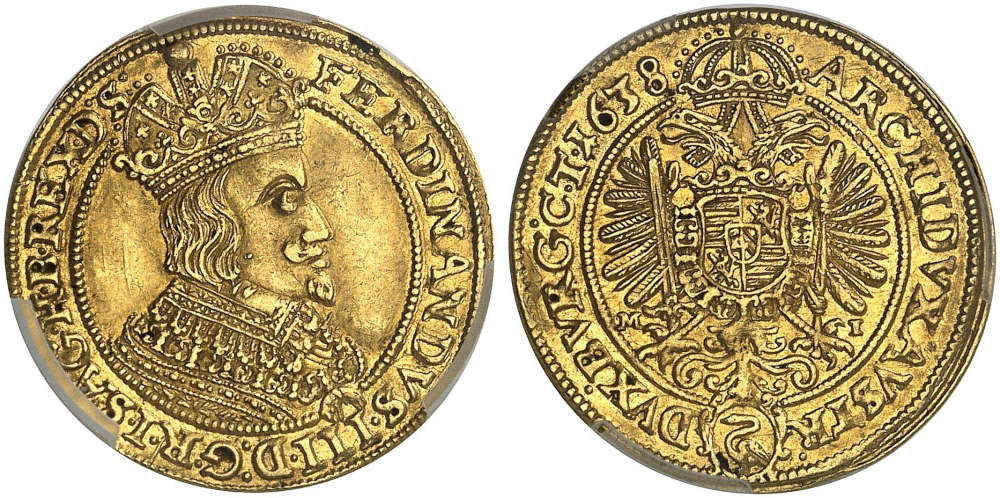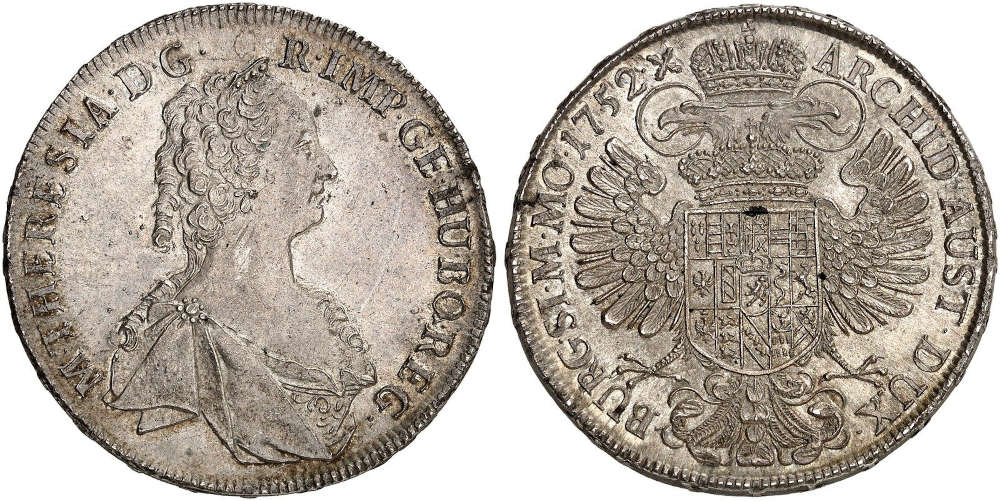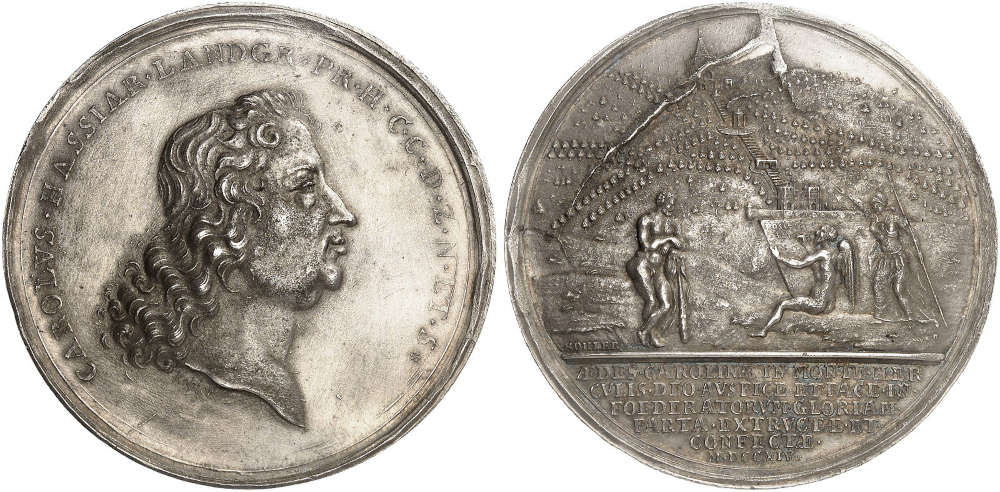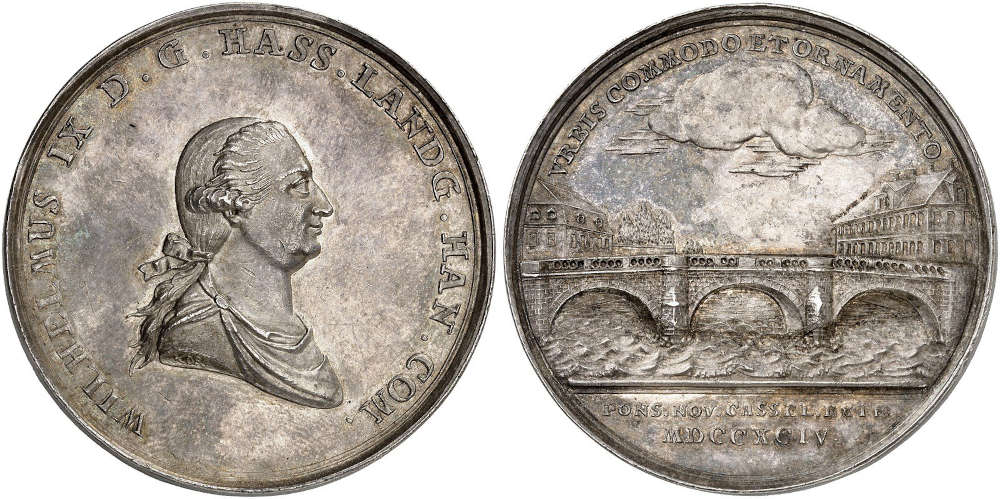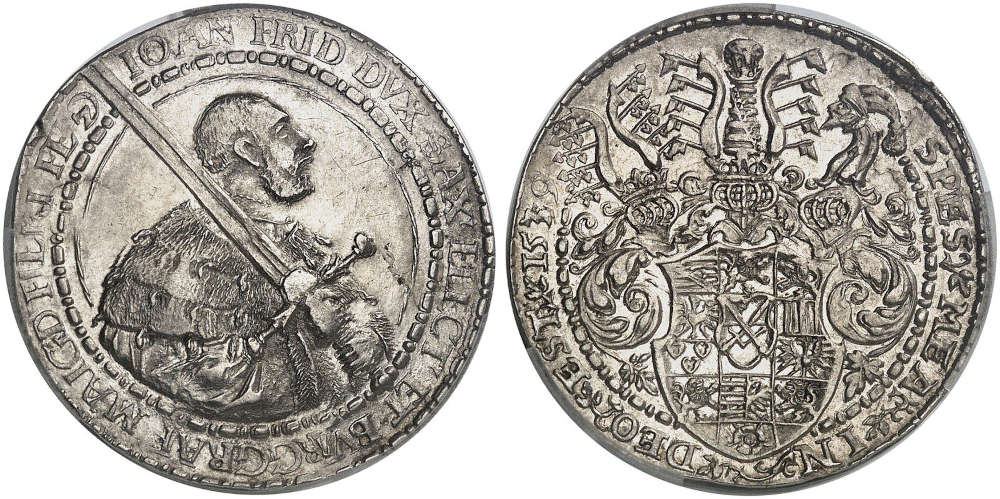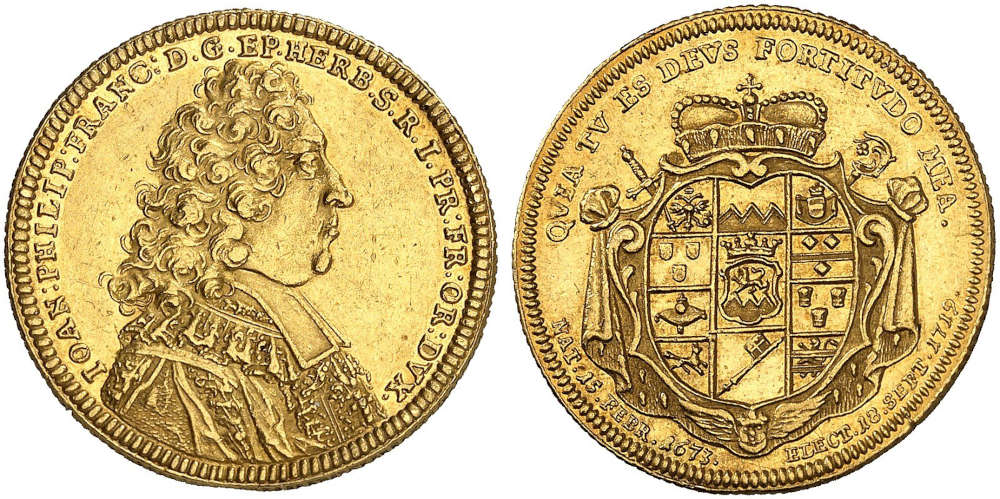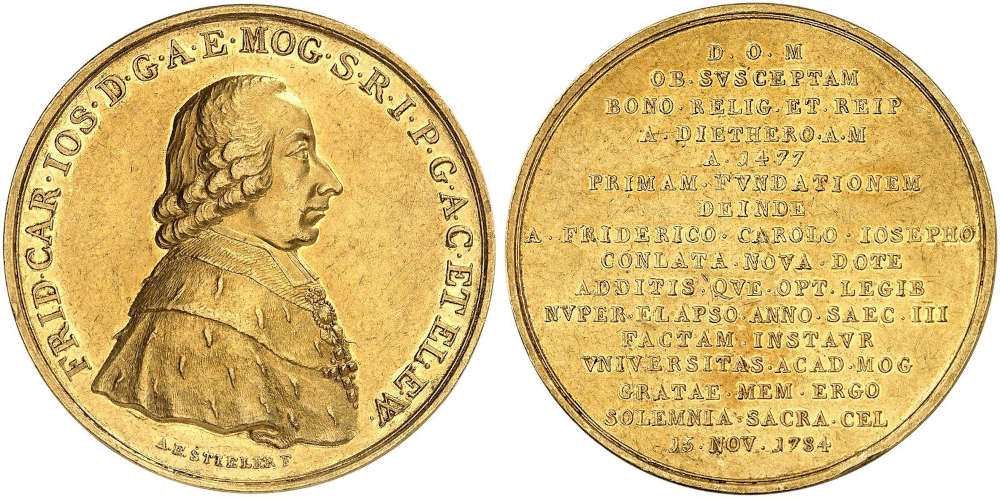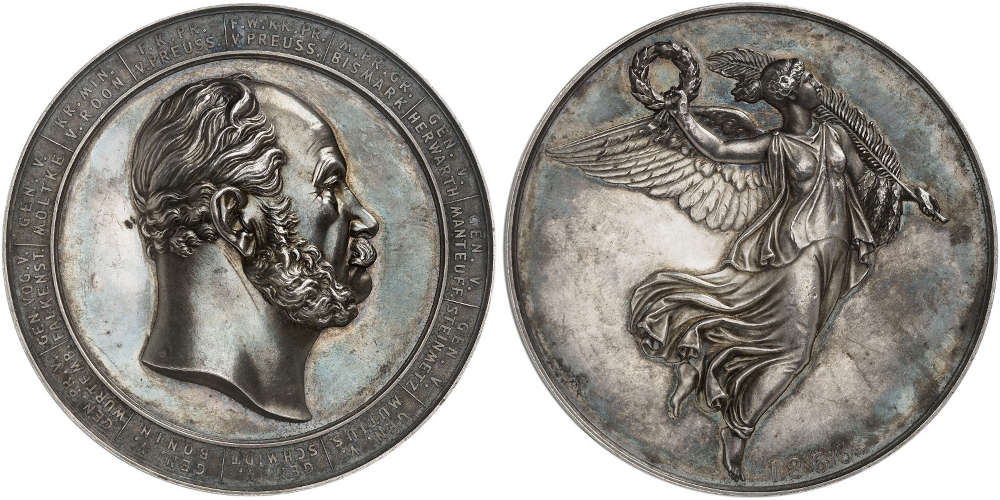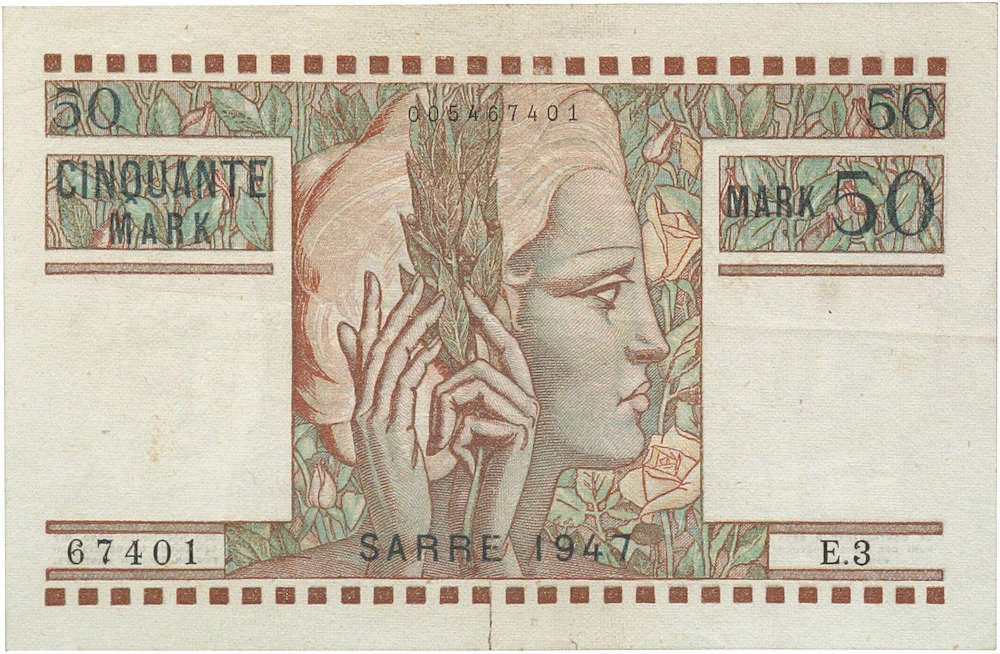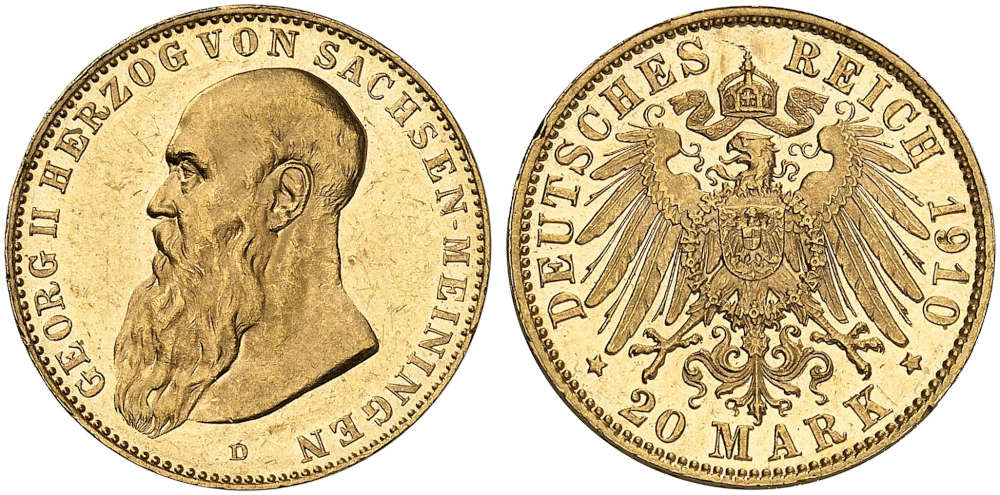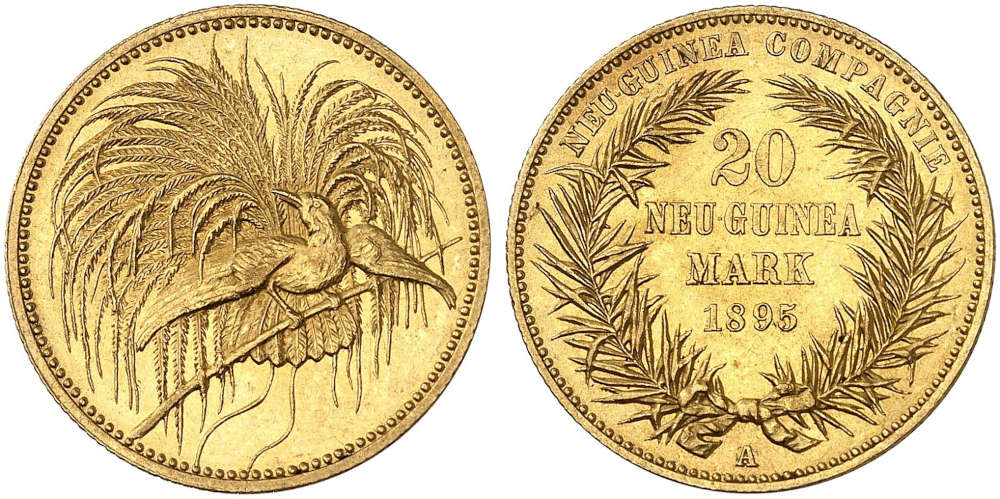Heidelberger Münzhandlung’s Auction 89: Gold and Denarii from the Year of the Four Emperors
Heidelberger Münzhandlung
Auction 89
Coins
12-13 November 2024
D-Heidelberg
Every six months, Herbert Grün holds the auction sale of his coin shop, Heidelberger Münzhandlung. The next auction is scheduled for 12 and 13 November 2024. It will feature coins from antiquity to the present day, from Germany, Europe and all over the world, including several collections. Particularly noteworthy is an exceptional series of denarii from the Year of the Four Emperors in a condition rarely seen on the market. Collectors will also find lots from an extensive collection of gold coins from antiquity to the present spread throughout the sale, with affordable estimates. Last but not least, a collection of medals from Hesse-Kassel will be offered.
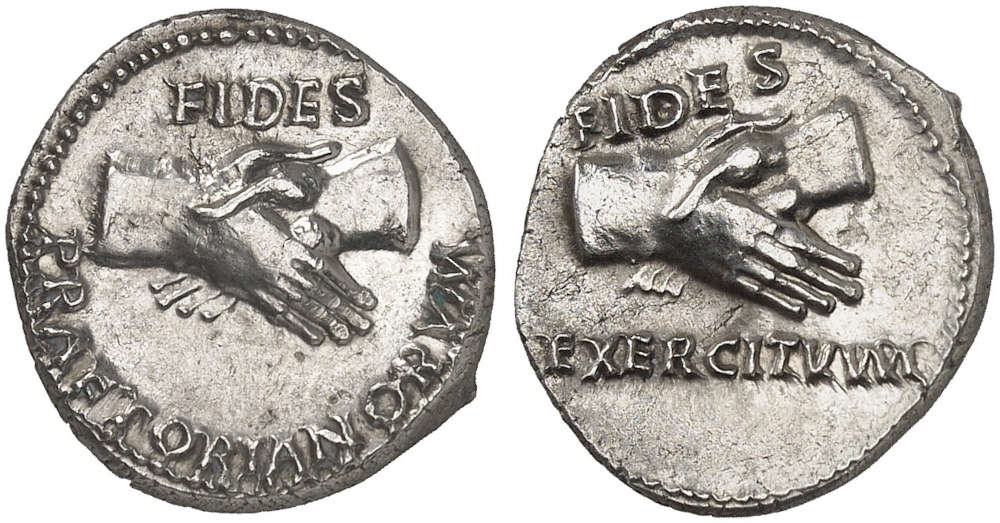
No. 107: Roman Civil War. Denarius, 68. Extremely rare. Mint state. Estimate: 2,000 euros. Photo: Lübke + Wiedemann KG.
Denarii from the Year of the Four Emperors
Herbert Grün offers a series of issues from the period of the Roman civil war that marked the beginning of the Year of the Four Emperors. What is unusual about these coins is that they bear neither the portrait nor the name of the ruler who commissioned them, because at the time they were struck it was unclear what would happen after the rebellion against Nero. There were no precedents. Since the assassination of Caesar, there had always been a member, and therefore heir, of the Julio-Claudian dynasty ready to take power. But with Nero, the last heir had died. The uncertainty about the future was reflected in the coinage of the rebels.
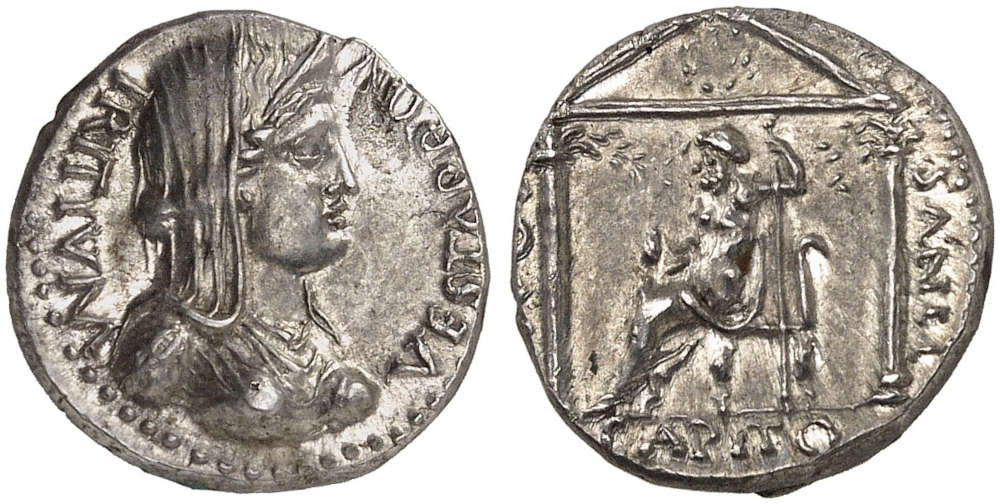
No. 109: Roman Civil War. Denarius, 68. Extremely rare. About mint state. Estimate: 2,500 euros. Photo: Lübke + Wiedemann KG.
The series of nine different types is of a quality rarely seen on the market. All pieces are of extremely fine or mint state quality, and anyone interested in this period of Roman history should definitely take a close look at the material.
Ancient Coins
In general, the 338 ancient coins are well worth a closer look – especially because of the many gold coins among them. They were assembled by a collector that prioritised things other than quality. As a result, the pieces have very reasonable estimates, in some cases just above their gold value. And who would not want to buy a late Roman or Byzantine solidus at its gold value? And the beautiful aurei, with their fine portraits are also worth a second look!
Gold Rarities from All Over the World
As always with Heidelberger Münzhandlung, there is a wealth of fascinating world coins on offer, including – as mentioned above – numerous gold coins. These range from the mint state gold gulden of Emperor Sigismund of Luxembourg to an Indian mohur with the portrait of young Victoria and a contemporary gold medal commemorating the Prague Spring 1968.
The highlight is a 1656 Venetian osella, the opulent reverse of which commemorates the naval victory over the Turks in the Dardanelles that year.
Holy Roman Empire
There are also numerous rarities from the Holy Roman Empire on offer. At this point, we would like to highlight a ducat by Ferdinand III, minted in Breslau, as well as an extremely rare taler of Empress Maria Theresa, minted in Prague in 1752.
Medals from Hesse
Are you interested in the Landgraviate of Hesse-Kassel? Then mark your calendars for next November, as the collection of medals from Hesse-Kassel offered by Heidelberger Münzhandlung has everything a collector’s heart desires. The focal point is on issues from the Baroque, the Enlightenment and the 19th century, with the most recent pieces relating to the city of Kassel dating from the second half of the 20th century.
The collector’s emphasis on quality means that most of the pieces are in extremely fine or better condition. Even if you are not interested in Hesse-Kassel, but in particular motifs, this collection is worth a closer look. Many of the pieces have cultural or engineering themes, such as a small series of medals commemorating the completion of the fountains on Karlsberg hill.
Ducats and Talers from the German States
As is well known, Heidelberger Münzhandlung specialises in German coins. Collectors can therefore look forward to a wealth of interesting pieces from the former German States. They include – as part of the “gold collection” – many ducats, but also fascinating talers from various possessions. Look forward to River gold coins and much more!
Connoisseurs will be particularly pleased by the rich selection of rare medals of great historical importance. At this point, we can only mention two examples. One of them is the impressive 1784 gold medal of the Archbishop of Mainz celebrating the reform of the university: the Jesuit-run academic institution was secularised to adapt it to modern needs.
For lovers of Prussian history, there is a perfectly preserved silver medal commemorating the victory at Königgrätz. It was issued in three versions – gold (14 pieces), silver (100 pieces) and bronze (150) pieces – and awarded to deserving military and political leaders.
A Wealth of German Imperial Coins!
Anyone familiar with Heidelberger Münzhandlung knows that every auction offers a wide range of coins from the German Empire in excellent condition, and this sale is no exception. Whether you are interested in jointly issued fractional pieces or in the silver and gold coins of the German territories: you will find an extensive selection of rarities. So take out your Jaeger reference book and check which pieces are still missing from your collection. Now is your chance to fill the gaps with pieces in exquisite condition!
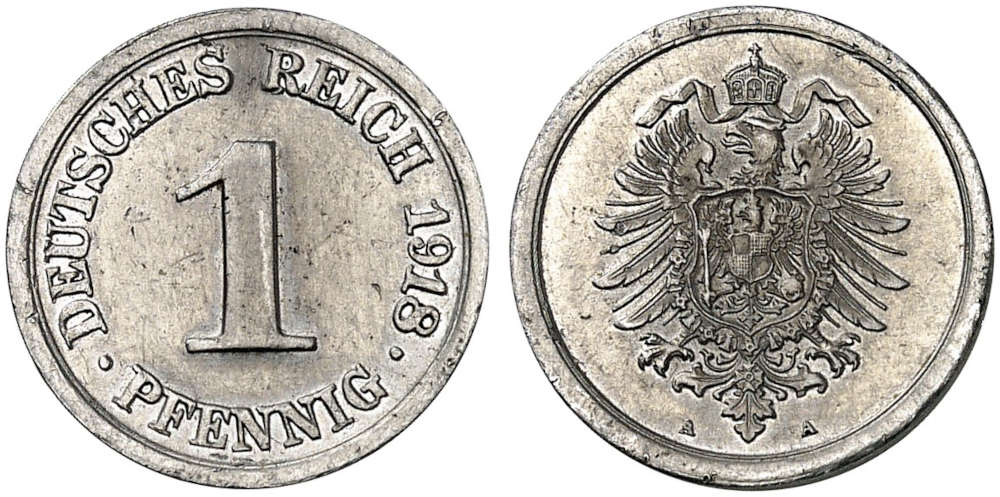
No. 1965: Ersatz coins of the First World War. 1 pfennig 1918. Very rare. With Franquinet expertise. Extremely fine. Estimate: 4,500 euros. Photo: Lübke + Wiedemann KG.
German Coins After 1918
And this brings us to German coins from after the First World War. They are presented at the end of the auction sale. Once again, there are numerous rarities from the Weimar Republic, the Third Reich, the FRG, the GDR as well as patterns and modern euro commemorative gold coins. If you do not own them yet, this is your chance! After all, these coins have values that are just above their material value.
The auction catalogue can be purchased for the nominal fee of 12.50 euros at Heidelberger Münzhandlung Herbert Grün, Gaisbergstr. 40, 69115 Heidelberg, Germany; phone: +49 / 6221 / 65 2970; fax: +49 / 6221 / 65 297-29; email.







